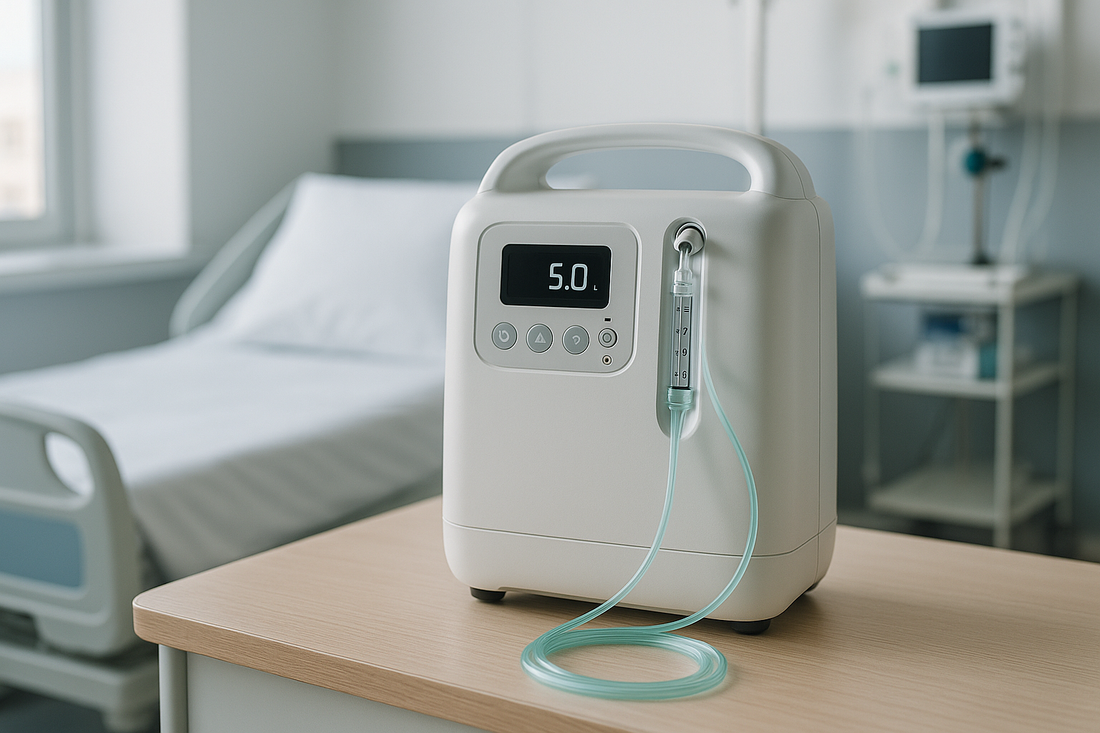
Why Your Compact Device Keeps “Running Out of Breath”? 5 Hidden Compressor Design Flaws
yegongjiao分享Why Your Compact Device Keeps “Running Out of Breath”? 5 Hidden Compressor Design Flaws
A Technical Breakdown of Common Design Flaws in Miniature Oil-Free Piston Compressors — and How to Choose a Reliable, High-Performance Solution for Medical, Portable, and OEM Applications
As portable medical devices, handheld vacuum sealers, and mini air tools become smaller and more powerful, one critical component is under increasing pressure:
The miniature oil-free piston compressor.
It may be small, but it’s the beating heart of any device that relies on clean, continuous airflow — from portable oxygen concentrators to dental tools and lab automation.
Yet, despite advances in motor and material science, many compact devices still suffer from:
Weak airflow
Excessive noise
Overheating
Premature failure
The root cause? A compromised compressor design.

Let’s break down the 5 most common design flaws in miniature air compressors — and how to avoid them.
🔹 Flaw #1: Poor Heat Dissipation → Thermal Runaway
To save space, some manufacturers use plastic housings or undersized metal casings.
Result? The motor overheats during continuous operation, leading to insulation breakdown and eventual burnout.
✅ Solution: Use high-conductivity materials like die-cast aluminum. A thicker, sealed aluminum body not only resists impact and aging but also acts as a heat sink, preventing thermal buildup.
🔹 Flaw #2: Underpowered Motor → Inconsistent Performance
Many low-cost compressors use brushed motors with thin copper windings.
Under load, RPM drops, airflow decreases, and efficiency plummets.

✅ Solution: Upgrade to a brushless DC motor with heavy-duty copper coils. This ensures stable RPM (e.g., 3000R/min) and consistent airflow — even during extended use.
💡 Look for motors rated for continuous duty (S1) and B-class insulation or higher.
🔹 Flaw #3: Vibration & Noise Amplification
Piston movement creates mechanical vibration. Without proper damping, this turns into loud knocking or buzzing — a major issue for medical or home-use devices.
✅ Solution:
Optimize piston balance
Use rubber mounts or silicone gaskets
Aim for <55 dB(A) — quiet enough for bedroom or clinic use
🔹 Flaw #4: Suboptimal Airflow Design
Inlet and outlet placement matters.
Side intake with central exhaust tubing minimizes air resistance and pressure loss — a design increasingly adopted in high-efficiency models.
Avoid sharp bends or narrow tubing that restrict flow.
A 10% drop in airflow can reduce oxygen concentration in a portable concentrator by up to 8%.
🔹 Flaw #5: “Oil-Free” in Name Only
Some compressors claim to be “oil-free” but use low-grade self-lubricating materials that wear quickly or shed particles.
In medical or food-related applications, this is unacceptable.
✅ True oil-free design means:
No lubricants in the compression chamber
Use of PEEK, graphite, or ceramic-coated components
Clean, contaminant-free air output (ISO 8573-1 Class 0)

✅ How to Choose the Right Mini Compressor for Your Device?
When evaluating compressors for international markets, prioritize:
| Parameter | Recommended Standard |
|---|---|
| Flow Rate | Measured at actual working pressure (e.g., 6.5 L/min @ 140 kPa) |
| Voltage | DC 12–14V (common for battery/car power) |
| Noise Level | ≤ 55 dB(A) for medical/home use |
| Lifespan | ≥ 15,000 hours (preferably 20,000+) |
| Maintenance | Truly maintenance-free (no oil, no filter changes) |
| Certifications | CE, RoHS, ISO 9001 (mandatory for EU/UK) |
Also, look for modular, standardized mounting — it simplifies integration and field replacement.
🌍 Real-World Example: Upgrading a Portable Oxygen Device
A European medical device maker was receiving complaints about noise and inconsistent oxygen output from their portable concentrator.
After analysis, they traced the issue to the original compressor:
Overheating after 30 minutes
Flow dropping by 30%
Audible knocking
They replaced it with a compact, brushless, oil-free piston compressor featuring:
Die-cast aluminum housing for heat dissipation
Side intake + central exhaust design
Stable 6.5 L/min flow at 140 kPa
Result:
Noise reduced by 7 dB
No thermal shutdowns
Customer satisfaction improved significantly
(Such solutions are now available from specialized suppliers, with models like the RTDC108-1 designed for global OEM integration and compliance.)
🚀 Final Thought: Small Size, Zero Compromise
In the global market, users don’t care how small your device is —
they care that it works reliably, quietly, and safely — every single time.
Choosing the right miniature compressor isn’t a cost to cut.
It’s an investment in performance, longevity, and brand reputation.
Because when it comes to life-supporting or precision-critical applications,
there’s no room for “almost good enough.”


